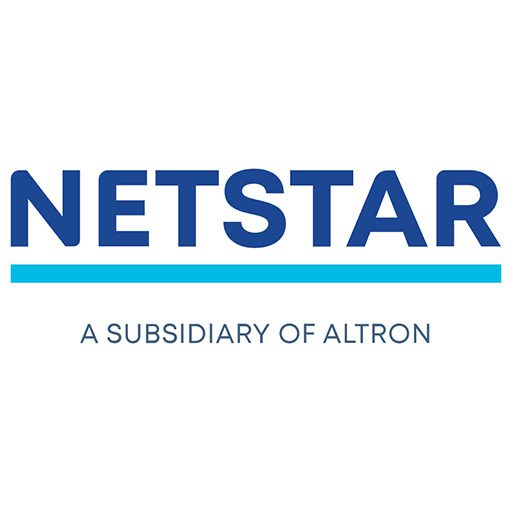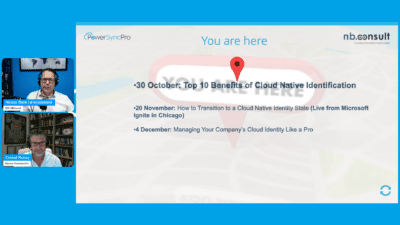
Cloud Identity And Authentication Solution For Global Asian Retailer
8 April 2024
Netstar Achieves Impeccable Connectivity For Its Telematics With Azure Solutions
14 June 2024Windows 11 Requires a TPM Chip. Should You Be Concerned?
Windows 11 Requires a TPM chip. Should you be concerned?
Microsoft has released the new system requirements for Windows 11 which it plans on releasing to the public in the coming weeks. On the list of requirements is a TPM (Trusted Platform Module) 2.0 chip on your existing or new device requiring its users to have a compliant machine if they would like to make use of the new software.
So, what is TPM?
A TPM is a small chip physically located on your motherboard (Discrete TPM), or a connector that requires an addon module (Integrated TPM), or it can be virtually built into your CPU (Firmware TPM). You can spot the connector on some desktop motherboards if it is supported. Its purpose is to add a more secure, hardware layer to data protection for User Credentials, System Security, DRM, and Encrypted Passwords. Microsoft has been rolling out support for TPM across both Windows 7 and Windows 10 devices, since as far back as 2016, allowing users with TPM Chips and those without to use their software. Users with TPM chips receive added security benefits.
Why is it important now?
Microsoft released a piece detailing how, according to their findings, user information and security have been under increased threat with the recent rise in firmware attacks.
Due to their findings, Microsoft has decided to take further steps to protect end-user machines with the TPM 2.0 requirement enforcement. Microsoft believes that enough business desktops and laptops have adopted TPM 2.0 since it was introduced, but is this really the case? We will soon find out.
How do I know if I have a TPM?
Microsoft has released a system checker which will consider all the requirements for the upgrade and a TPM check is included in the program.
https://aka.ms/GetPCHealthCheckApp
In the meantime, if you would like to manually check if you are TPM 2.0 compliant, do the following:
For Discrete TPM
- Click Start -> Type “Run” then press enter -> Type “tpm.msc” then press enter.
- From there you will be able to see if your machine is TPM 2.0 compatible.
For Firmware TPM
- Boot machine into your UEFI bios
- Locate the setting for PTT (Intel’s Platform Trust Technology) or fTPM (AMD’s Firmware Trusted Platform Module) and enable it. This is normally found in the Advanced setting location for most motherboards
- Follow the Discrete TPM process of now confirming you have TPM 2.0 registered in Windows
For Integrated TPM
- Check your motherboard manual to ensure you have a TPM connector
- Install the TPM module onto your motherboard
- Follow the Discrete TPM process of now confirming you have TPM 2.0 registered in Windows
The main concern for older laptops is CPU compatibility. However, it is speculated that laptops purchased in 2016 should be fine if they have an 8th-generation CPU or younger. You can check this in your system specifications where the first number after the typical i3, i5, or i7 indicates the CPU generation. For AMD you will need at minimum a Ryzen 2000 series or newer CPU
- List of Intel CPUs officially supported by Windows 11
- List of AMD CPUs officially supported by Windows 11
Initially, Microsoft stated that a TPM 1.2 chip would do, but it has since clarified that only TPM 2.0 will do. However, that is not necessarily the case, despite Microsoft’s insistence to the contrary.
If your machine does not have a dedicated TPM chip, your CPU may have an equivalent built-in.
In short, you do not necessarily need to rush out and purchase a TPM chip to run Windows 11 on your desktop machine. Hopefully, Microsoft will clarify this in its Windows 11 system requirements.
So, what do you do if your system does not meet the requirements? It is not all doom and gloom if you are unable to run Windows 11 as Microsoft will continue to provide support and updates for Windows 10 until the 14th of October 2025.
Learn more about NBConsult’s offerings and what they can bring to your company’s IT environment. Contact us today!





